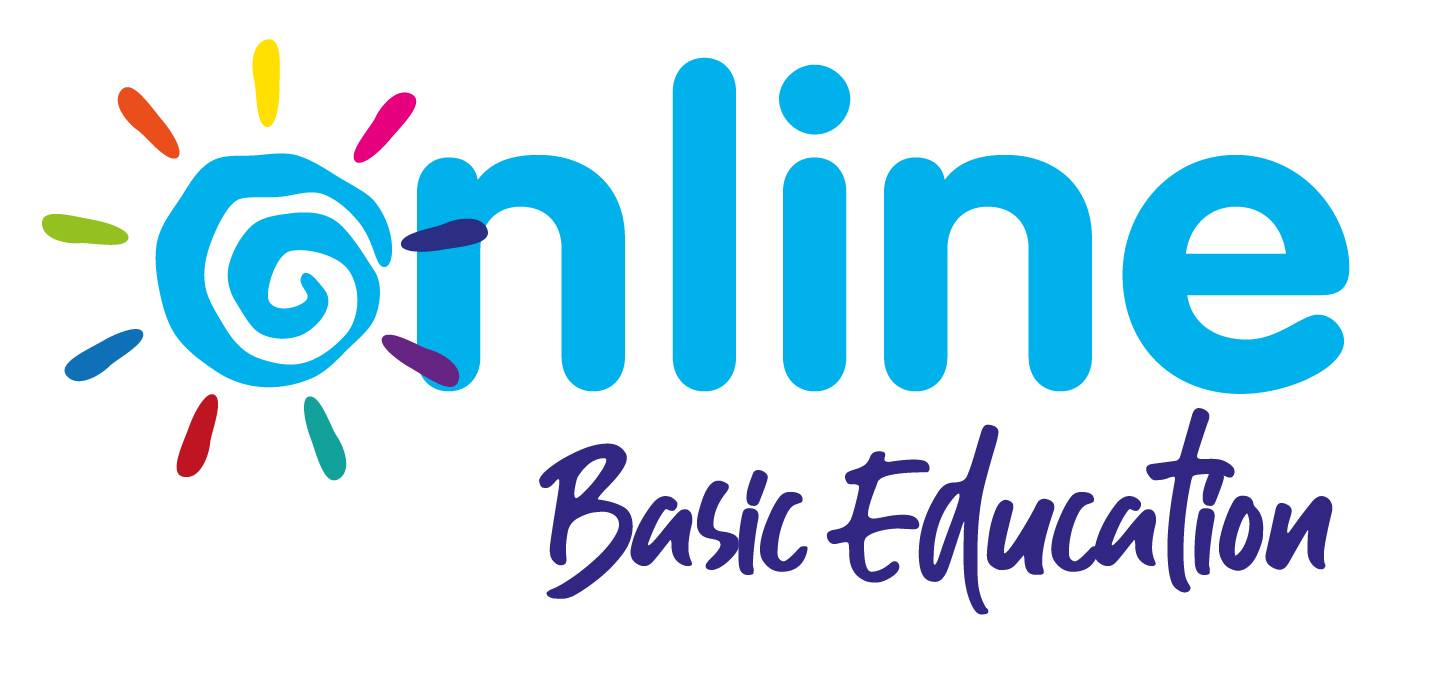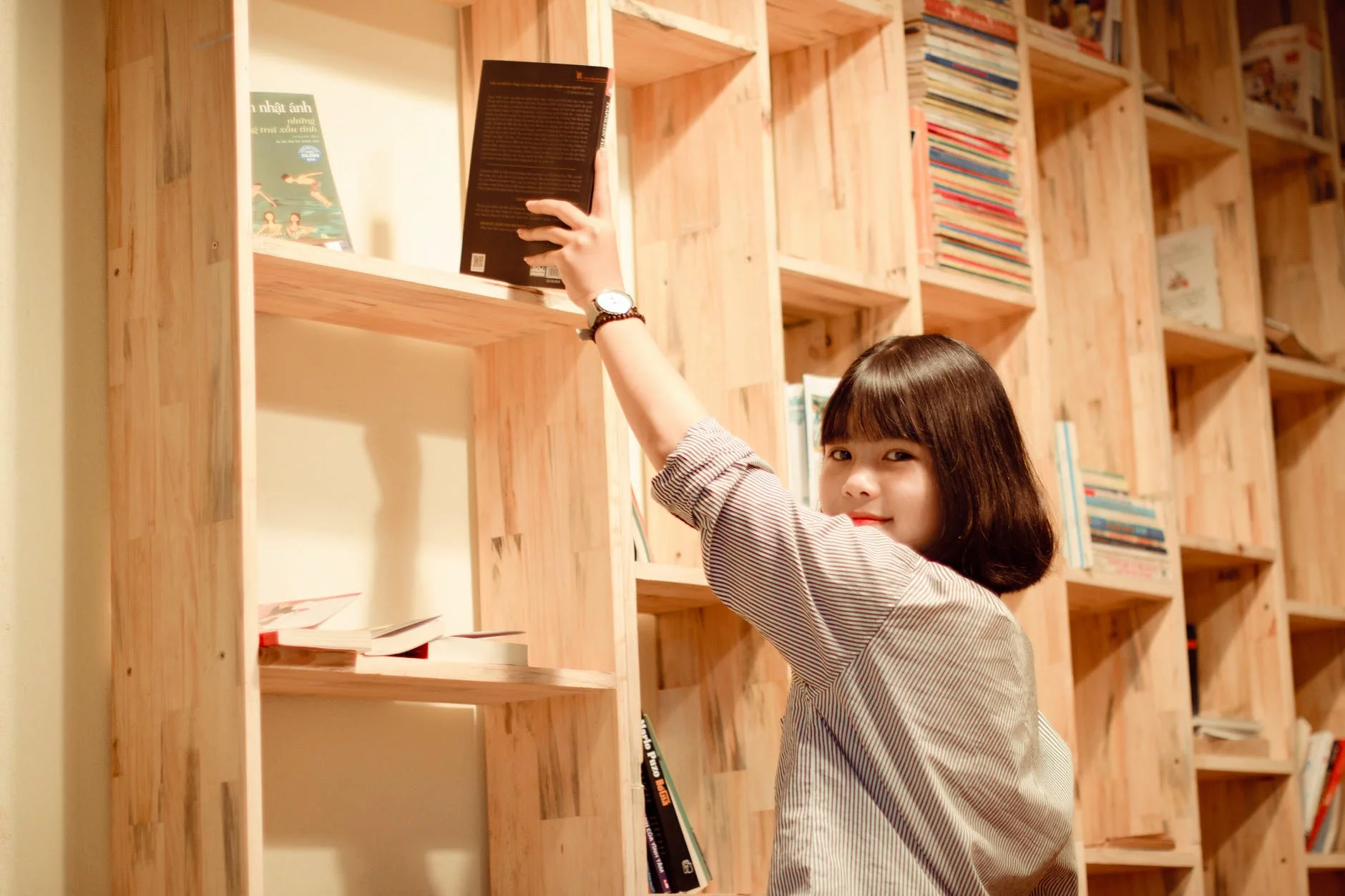June 2016 saw the monumental change in the educational system in the Philippines. Nearly 1.5 million students across the country eagerly picked up their bags and headed towards the first day of the Philippines’ Senior High School.
This was a change that had long been in development by the Department of Education. The basic education curriculum, which starts from kindergarten and now culminates with senior high school (also known as grades 11 and 12), was extensively planned and reviewed to ensure that the additional 60,000 teachers and classrooms needed were all set and ready for students once the new school year opened.
This ambitious change was done to align the country’s education system with the education systems of most other countries around the world and to raise national competitiveness. Previously, the Philippines was one of only three countries in the world with a 10-year education system. With the new K-12 system, the Department of Education can ensure that Filipinos are given the necessary skills needed to become productive members of society. The push towards a K-12 system was also deemed necessary because overseas Filipino workers have been losing out to migrant workers from other countries due to our shorter basic education cycle. Due to the fact that nearly 18% of the average Filipino family’s income comes from overseas remittances, it was an issue not to be taken lightly.
Along with supporters of this reform came its critics, however. Many argued that despite its benefits, many people, particularly the poor, could not afford to send their children to school for an additional two more years.
Despite this, studies have shown that extended access to schooling have resulted to positive gains. In the Philippines, reforms done in the early 1980s that increased access to education, elimination tuition fees, and adding more schools all proved beneficial to students. The results have led to increases in educational attainment of around 15% a year as compared to the previous average of 8% a year.
These positive
developments were noticed in other countries as well. In the United Kingdom, a
change in the minimum school leaving age, wherein children were required to
stay in school for an additional year, resulted in positive gains, mirroring
results gained earlier from Canada and the United States. Similar results were
also noticed by participants of the extension of compulsory schooling in
Venezuela in the 1980s.
Based on initial calculations, an additional two years of secondary schooling
in the Philippines is seen to have positive results. A 2013 labor force survey
shows that workers with incomplete tertiary education had 17% additional annual
return as compared to over and above secondary school completers.
This proves that despite the additional spending the two years of senior high school will entail, the extra years of schooling will bring about big benefits for the students. While it goes without saying that every new investment new comes with risks, these kinds of returns show better promise that other investment opportunities.
The introduction of specializations in senior high school (through tracks and strands) help provide students with an edge once they apply for either college or the workforce once they graduate from senior high school. Allowing students to choose a strand and track lets them hone in on a field they are passionate about, enabling them to lead a fulfilled life by training them in their chosen career paths. The Philippine government believes that the reforms done to the educational system will put students at par with the graduates from countries all around the world. By investing in our education, we can reach national growth and world-class development.







